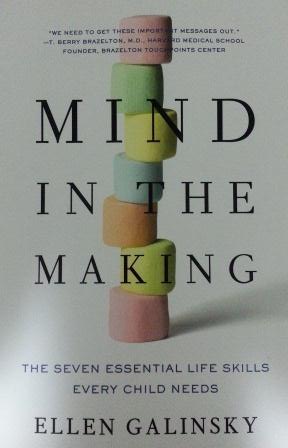I went for a early childhood conference recently and was introduced to this article written by Shelly Phillips a little more than a year ago – ’10 Things to Stop Saying to Your Kids (and What to Say Instead)’. While I acknowledge that every child is different and there is no ‘one size fits all’ parenting style or technique of handling difficult situations, her suggestions are really very sound.
Here’s a short snippet of her post-
“Good job!”
The biggest problem with this statement is that it’s often said repeatedly and for things a child hasn’t really put any effort into. This teaches children that anything is a “good job” when mom and dad say so (and only when mom and dad say so).
Instead try, “You really tried hard on that!” By focusing on a child’s effort, we’re teaching her that the effort is more important than the results. This teaches children to be more persistent when they’re attempting a difficult task and to see failure as just another step toward success.
For the other 9 things to stop saying to your child, check out the link above.
It’s really hard to remember and stop saying all 10 things at once. A good suggestion will be to write yourself a reminder card for every one of these 10 Things to Stop Saying, and carry one different card with you every week to serve as a reminder. This way, after 10 weeks, you should have internalised all 10 things!

